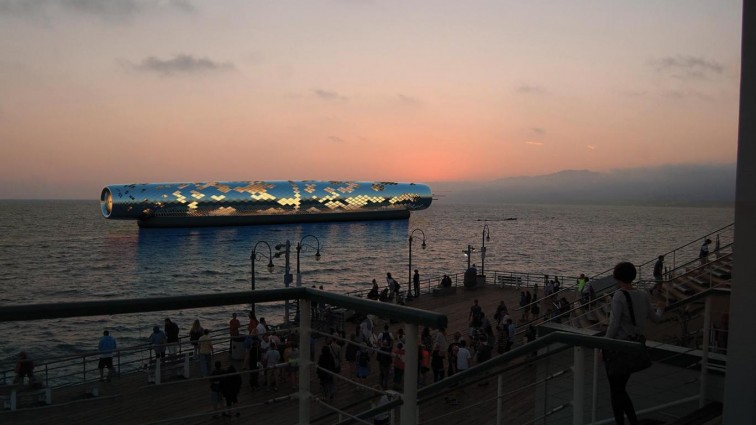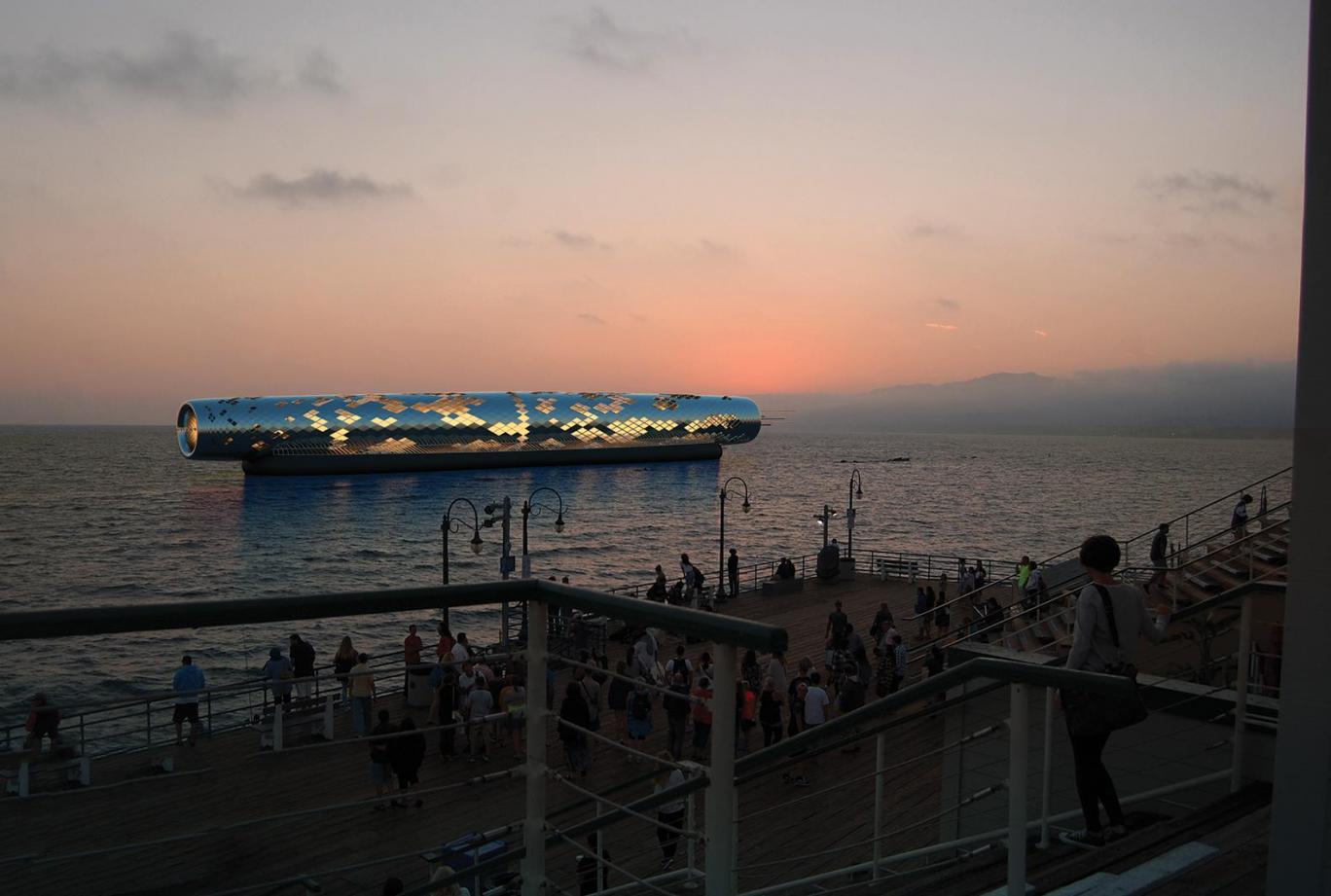The suspected mastermind of an Isis attack that killed more than 20 people at a café in Bangladesh has been shot dead by police. Tamim Chowdhury, a Bangladeshi-Canadian militant, died in a gun battle after security forces raided a building near Dhaka on Saturday. AKM Shahidul Hoque, head of the national police, said he was killed alongside two unidentified men in Narayanganj. Bangladesh attack: Police admit shooting pizza chef dead after mistaking him for militant during Isis hostage crisis Bangladesh attack: Isis militants ‘tortured hostages who could not recite Quran’ in 12-hour siege at Dhaka cafe The suspects opened fire at police, who retaliated and shot the men dead after they failed to surrender. Bangladeshi authorities previously named Chowdhury as the mastermind of café attack and a bombing and shooting massacre that targeted people gathering for Eid prayers six days later. Police identified him as the head of Jamaat-ul-Mujahideen Bangladesh, an Islamist militant group, but Chowdhury has appeared in Isis propaganda as the leader of the terrorist group’s faction in the country. The so-called Islamic State claimed responsibility for the Dhaka café attack following a series of machete attacks and assassinations, but the government has denied the group has a presence in the country and blamed the atrocity on local organisations. Bangladeshi police inspect a house after a raid in Narayanganj, outskirts of Dhaka that killed three suspected militants on 27 August (AP) Five militants armed with guns and knives stormed into the Holey Artisan Bakery and took diners hostage on 1 July, forcing them to recite parts of the Quran to be spared and killing anyone who could not. Nine Italians, seven Japanese people including a pregnant woman, an Indian teenager, American student and several Bangladeshis were murdered in the 10-hour siege. Police admitted mistakenly shooting the pizza chef dead as they stormed the building, initially saying six attackers had been killed but later revising the number to five. Isis published photos of the gunmen through its propaganda agencies, showing them dressed in black with Arab-style headscarves, smiling with assault rifles in front of the group’s black flag. The group has been prominently advertising its expansion into Bangladesh, featuring an interview believed to be with Chowdhury in the April edition of its English language magazine.

Is it public art, or is it a power station? This shimmering design for “The Pipe”, a finalist in the 2016 Land Art Generator Initiative (LAGI), is intended to blur the lines between the two. Imagined here as a floating installation off the coast of Santa Monica, California, the Pipe is an electromagnetic desalination device, powered by the sun. It also looks great on the horizon.
In that regard, it perfectly reflects the premise of the LAGI design competition, which this year invited participants to come up with aesthetically pleasing concepts for electricity and clean water generation that could potentially be placed in the waters near Santa Monica Pier as examples that our increasing demands for power need not blight the landscape (or seascape).
As was first reported by Inhabitat, The Pipe was designed by the Canadian engineering firm Abdolaziz Khalili and Associates, which specialises in processing plants for the food, drink and packaging industries. The glittering silver tube could, the firm says, generate 10,000 MWh of electricity annually, powering an electromagnetic filtration system capable of pumping out 1.5 billion gallons of clean drinking water for the city over the same period.
“What results are two products: pure drinkable water that is directed into the city’s primary water piping grid, and clear water with 12 per cent salinity,” the design brief explains. “The drinking water is piped to shore, while the salt water… is redirected back to the ocean through a smart release system, mitigating most of the usual problems associated with returning brine water to the sea.”
Artist Elizabeth Monoian and her architect husband Rob Ferry founded LAGI in 2008, to encourage the design of public art installations that also produce clean energy. “Now, more than ever, energy and water are intertwined. As California faces severe water shortages in the coming years, the amount of energy required for water production and transmission is sure to increase,” the couple write on the competition website.
Why energy may soon be free thanks to solar, wind, storage and big data
Solar Impulse 2: Sun-powered plane finishes round-the-world trip as pilots argue clean flights will become the norm
“As the infrastructures that will cleanly power our future productivity become more prevalent in our commercial and residential centres, the issue of their aesthetic integration becomes more important,” the founders argue. “Power plants, once unseen and forgotten, will become an integral part of our daily lives.”
The other entries in this year’s contest include a balloon sightseeing ride that generates solar power, a 40-metre high orb that appears to float on the Pacific, and giant swan sculptures that convert wave power into clean energy. The winner will be announced on 6 October.
Политика конфиденциальности | Правила пользования сайтом








